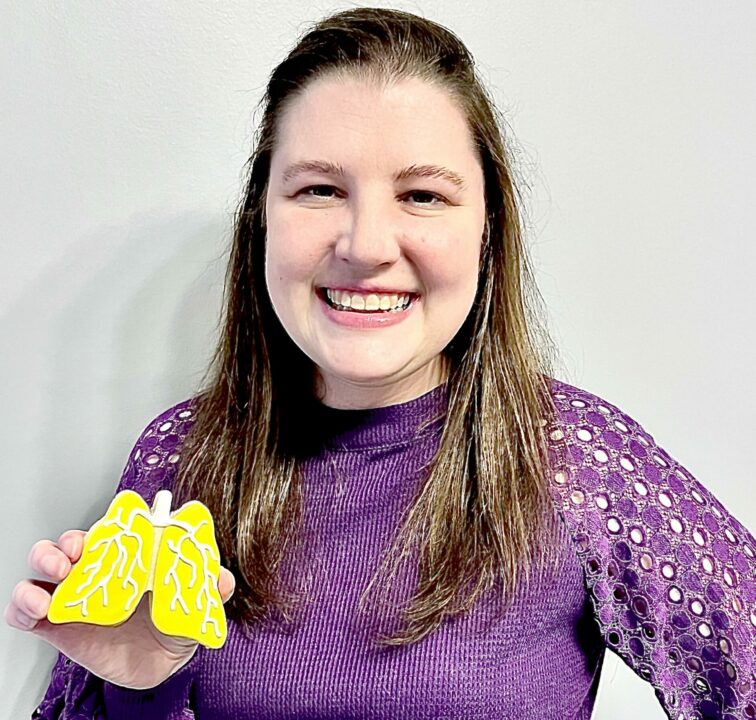Authored by Cello Health, now part of Lumanity
1. Can you tell us a little about your background and what motivates you in your current role?
My career in healthcare started when I joined Doctors without Borders. From there I became a consultant, joining Johnson and Johnson in 2001. In 2010 I became Head of Infectious Disease and Vaccines Communications for six years, with the latter four of these in Global Public Health; then in 2016, Janssen created a patient engagement leadership team to professionalize and intensify our engagement with patients around our strategic thinking. My current role is the Patient Engagement and Advocacy Lead for Europe and Eastern Africa.
For me, the idea of advancing human healthcare is hugely motivating. You are helping people with a particular condition of course, but at the same time, I’m passionate about pharma innovation that leads to sustainable healthcare for everybody. We all need healthcare at various time in our lives and in some ways you might say I’m working for myself as a citizen!
2. What does ‘patient centricity’ mean to you?
Patients are really the centre of what happens in healthcare but when I speak to patients, they often tell me that the term ‘patient centricity’ can feel a little bit empty. I prefer to describe what we do as engaging and partnering with patients. It’s more about putting the patients in focus at the very start and maintain that all the way through their journey.
The dialogue and partnership has to start with each person as a citizen – before you are even defined as a patient with a condition. What do you expect from healthcare? Then, if you have a condition, the dialogue becomes more precise – what do you need to treat or manage the condition? The focus here needs to be on patient-driven solutions and their quality of life. To understand this and execute it well, we need to talk to patients early and involve them at the ideation stage rather than when a solution is already in the frame. It’s then about maintaining that dialogue. This means you must build an organisation and develop processes to ensure you’re consistently getting input and receiving feedback on your decision making. It’s a new way of doing things and as always, change management takes time. But once you can engage in an ongoing dialogue, you can achieve solutions that really address unmet needs and have empowered patients that make best use of these solutions. This leads to better health outcomes and thus a more sustainable healthcare.
To help achieve all of this, we have redefined our relationship with patients to ensure we are engaging with them early, systematically, and directly in the drug development process and beyond. Our approach is dynamic in that we’re constantly working to address evolving patient needs in new and innovative ways and we are holding ourselves accountable by measuring progress and identifying areas of improvement.
We have embedded patient engagement systematically across the business and established multiple cross-functional teams, at both global and regional level, spanning areas such as Research & Development, supply chain, commercial, medical affairs, and Legal. This enables us to optimise how we operate and ensure genuine patient insights and experiences inform the ways we work.
3. How has the patient voice evolved over the past decade to find new meaning in Pharma?
Working on infectious diseases in the past, the patients’ disease knowledge, particularly in HIV, was very thorough. Patients were organised and, through Community Advisory Boards, would ask to engage [with pharma] around the protocol of trials or have specific questions and ideas for the R&D teams. In those early days we were often asked ‘what can we do as patients to improve the treatment and how can we help co-create solutions?’ Things quickly evolved from there, and we understood that if we co-created the trials with patients, there would be faster recruitment and fewer amendments. Some pharma companies have also learnt that engaging with patients even earlier is hugely beneficial – we now talk to patients about the Target Product Profile making sure we fully understand their broader needs right from the start.
Functional elements have evolved too – the approach to what patients experience ‘beyond the pill’. I think that pharma now understands that it’s a flawed approach to develop a health app or service and then ask patients what they think about it. It’s about asking the right questions and ideating solutions with patients early.
4. To what extent does a deep understanding of the patient journey inform strategic decision making?
Building on the HIV example; we found, even back then, that the insights gained through patient dialogue and understanding their journey had a real influence on deciding the strategic investments we should be making. From long-acting injectable to innovative trials with more than one investigational compound – the patient community and other experts really enhanced our thinking and led us to good, confident choices. Patients also began to address the value of the treatment to wider society. We moved on from a ‘we are dying’ conversation into wider public health discussions. This is how things have been evolving and continue to do so. What is important is continual dialogue with the public about their unmet needs and where we need to invest. We are never trying to convince patients that our brands or solutions are better than alternatives, simply that we are asking for their support to make the best overall, end-to-end treatment.
5. How do you view the relationship between improving patient outcomes and commercial success?
As a citizen, we all want our healthcare to be as innovative as possible – to cure us… to ensure quality of life and to get us back into our everyday ways. If we, in a pharmaceutical company, collaborate well and deliver the components of what individuals perceive to be the highest value, it returns them to their ‘life’ and back into society. We should be rewarded for that investment and innovation as long as we are accurately measuring its value. The more value we bring, the more commercial success. At the same time, the more value is brought back to society, the more the healthcare continues to innovate and be sustainable.
That self-fulfilling circle only works when the system and all stakeholders (pharma, payers, health authorities, HCPs, and citizens) understand that it’s the person living with a condition who needs a treatment (in other words: the patient) who will measure success. Real world evidence and empowered patients can help you assess the true value you are bringing – if a patient reports that they feel worse on a treatment than before, this has a significant impact on the value of the clinical attributes. Obviously, the experience of a patient should be a measurement of health care quality (which is also a key ask of the European Patient Forum).
Therefore, you need to work closely with patients to co-create the value. It’s a commercial model, but one that is based on the value to patients and public health, which is a good thing for society as a whole.









